Surrounded with Poetry
Are you surrounded with poetry?
With you every day?
Expanding definition,
Enriching word play!
© F.W. Heaton February 2018
When I was writing The Sixty-Minute Poet in 2013, I had asked a number of people to review the manuscript at various stages of development. One of those people was a then UNC undergraduate senior majoring in English who had never previously written a poem. During one of our discussions, she advised that her English professor was of the opinion: “If the words are in a song, it’s not poetry.” I asked her to take a few of Cole Porter’s songs to him without the music and see if he still maintained such a position. She did so and, in our next meeting, she advised he didn’t change his opinion. Happily, however, she changed. As she re-read the manuscript and thought through our discussions, she found herself becoming increasingly confident in her poetry writing as well as enjoying the poetry of others. It was helpful for me as well; I better realized that I needed to include in my writing the need for people to better see what poetry is, what it can do, and how powerful it can be.
One of the first steps in expanding one’s definition of poetry (and a major one at that) is to realize: we are surrounded with and participate in poetry every day! Most of us just do not recognize it as such. Examples include: song lyrics, children’s books, advertising jingles, poems by poets, every day correspondence, and so much more.
Today’s post deals with song lyrics. Almost all song lyrics are poems (a contentious statement for some but a truism for us). Some were written as the music was composed, intended to work together, while some were written completely apart from the music composition. Examples of lyricist/composer teams include the works of Ira (lyricist) & George (composer) Gershwin, Lorenz Hart and Oscar Hammerstein II (lyricists) & Richard Rogers (composer), and many more. Examples of composer/lyricist in one person include Cole Porter, Bob Dylan, Paul Simon, Jimmy Buffett and countless others. An example of the poet writing the poem and someone else writing the music is Robert Burns’ poem, Auld Lang Syne, written in 1788 and later put to the melody of a well-known Scottish folk song, the song still sung (by you) at midnight on New Year’s Eve around the world over two hundred years later. Another example is The Star-Spangled Banner, a poem written by amateur poet and Washington DC attorney, Frances Scott Key, 14 September 1814 during the night of the British bombardment of Fort McHenry. Key’s poem was later put to a popular British song written by John Stafford Smith, the new song, The Star-Spangled Banner, inspiring rousing patriotic singing and becoming our National Anthem.
So, how did you do with your homework? Any surprises when you began to dig into The Great American Songbook? Did you look at the poems (lyrics) possibly in a new way? Any memories stirred as you re-read lyrics by Dylan, Simon, Buffett and others? We’ll spend time in an upcoming post on the subject of “Song Lyrics as Literature” and later study the works of particular lyricists. For now, enjoy your expanded knowledge of “What is poetry and how can I have more fun with it?” Hold on, you’re not done. Homework to accomplish before our next follow-up post: either go online, visit your library or explore your own library and begin to study the words on the pages of books by authors including Dr. Seuss and A.A. Milne. See you at the next post!


